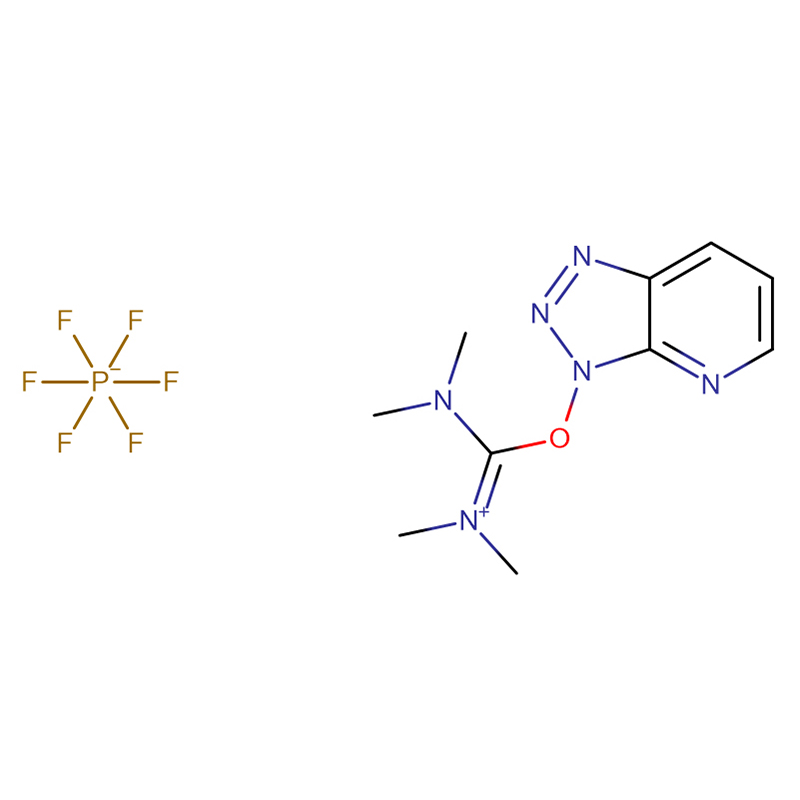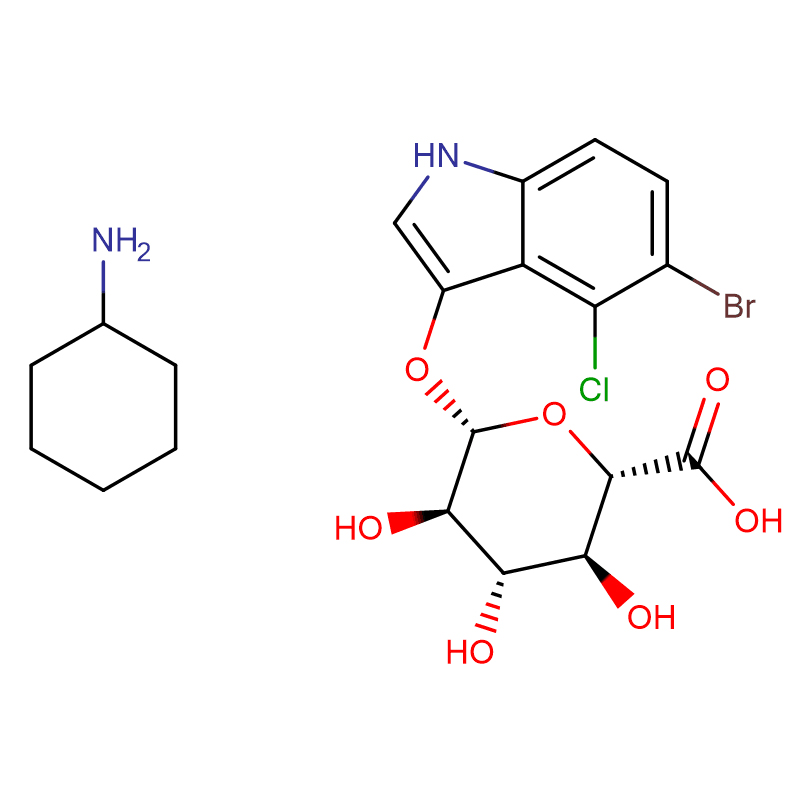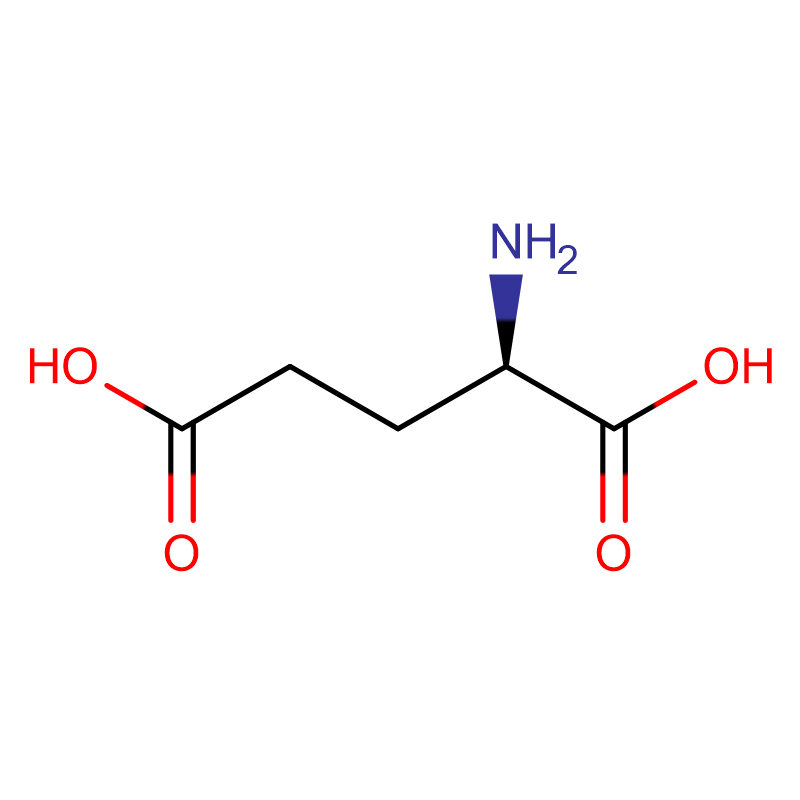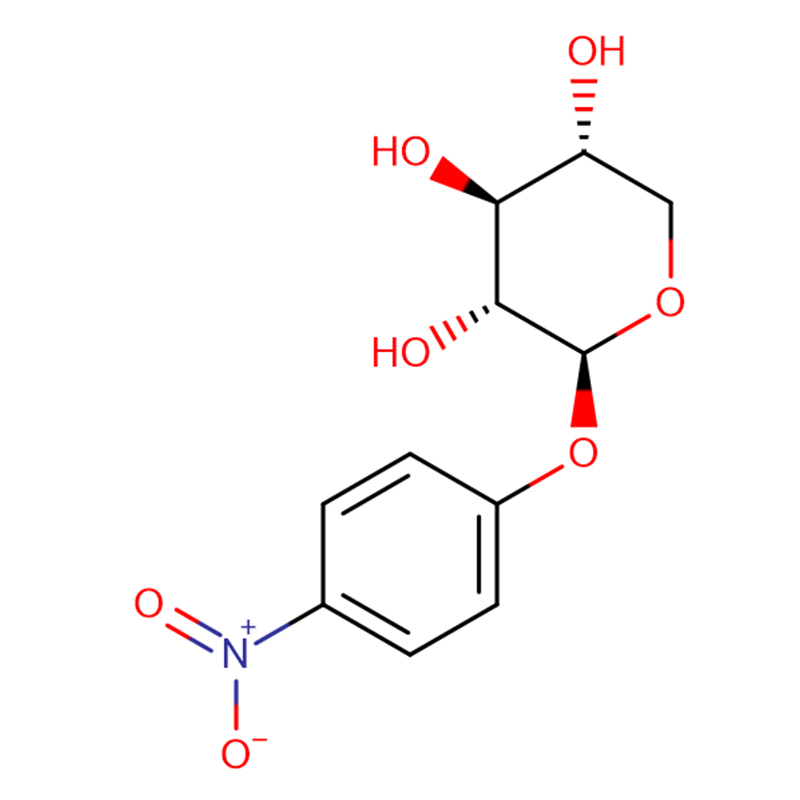Wholesale Dealers of N-(2-Aminoethyl)Morpholine - APS-5 CAS:193884-53-6 98% White crystaline powder – XD BIOCHEM
Wholesale Dealers of N-(2-Aminoethyl)Morpholine - APS-5 CAS:193884-53-6 98% White crystaline powder – XD BIOCHEM Detail:
| Catalog Number | XD90125 |
| Product Name | APS-5 |
| CAS | 193884-53-6 |
| Molecular Formula | C21H15ClNNa2O4PS |
| Molecular Weight | 489.819 |
| Storage Details | -20 °C |
Product Specification
| Appearance | White crystaline powder |
| Assay | 98% |
APS-5 is a chemiluminescent substrate based on 9,10-dihydroacridine, which is mainly used for ELISA detection of compounds with alkaline phosphatase AP conjugates; 9,10-dihydroacridine in the structure of APS-5 The hydroacridine structure can emit light continuously, stably and efficiently under the action of AP, and APS-5 is very suitable for phosphatase activity solution assay and phosphatase enzyme-linked immunoassay.
As a luminescent probe, it is used in the study of gene chips. The reaction is labeled with acridan (9,10-dihydroacridine) as a substrate and alkaline phosphatase, producing sustained high-intensity chemiluminescence. Provides superior sensitivity and ease of use for alkaline phosphatase conjugation during chemiluminescent detection. Alkaline phosphatase is detected in less than 10-19 mol, peaks rapidly to reduce detection time and increase throughput, and the slope of the linear calibration curve is plotted with a logarithmic equal to 1.0. One quantity or more of the enzyme produces one quantity or more of luminescence, continuous luminescence—not very demanding on assay time. Luminescence intensity can be read from the generated linear calibration curve at any time, and the analytical results are insensitive to temperature in the range of 22°C – 35°C, reducing the accuracy required to control temperature.
advantage:
1 High sensitivity – protein markers under 5pg can be detected;
2 High luminous intensity – the luminous peak can be reached in a short time;
3 Continuous and stable luminescence – its luminescence process is not affected by temperature within 25-35 ℃, and does not require temperature control.
Application comparison of commonly used luminescent substrates APS-5 (193884-53-6) and AMPPD (122341-56-4)
Both APS-5 (193884-53-6) and AMPPD (122341-56-4) are chemiluminescent substrates for alkaline phosphatase, and both are called ultra-high sensitivity detection reagents, so these two reagents are in the detection Which is better and which is worse? How to choose when using it?
On the one hand, when APS-5 is used as an alkaline phosphatase detection substrate, the detection sensitivity can reach 10-19 molar concentration, the color development time can reach the maximum peak in about 10 seconds, and the fluorescence lasts for a long time. In these respects, APS 5 can be said to have excellent properties. However, APS-5 is limited in application temperature, and its color rendering temperature is preferably below 20′C. On the other hand, when AMPPD is used as the detection substrate for alkaline phosphatase, the detection sensitivity is also called ultra-high sensitivity, but it cannot reach the level of APS 5. The color development time reaches the maximum peak at about 30 seconds, and the fluorescence duration longer. AMPPD is excellent in the above properties, but it is basically inferior to APS5, but its color rendering temperature is not as strict as APS5, and the storage temperature of 2–8C is easier than APS-5. In summary, although APS-5 surpasses AMPPD in detection accuracy, it loses in stability. How to choose it depends on the specific needs of detection.
1. Introduction of APS-5 (193884-53-6):
English name: APS-5
CAS Number: 193884-53-6
Molecular formula: C21H15ClNO4PS Na2
Molecular weight: 489.819
Appearance: off-white solid powder
Content: ≥98%
Specifications: 1g, 5g, 10g
Storage conditions: -20 ℃ preservation
(4-Chlorophenylmercapto)(10-methyl-9,10-dihydroacridine methylene) phosphate disodium salt, referred to as APS-5, is a chemiluminescent reagent and is used as a chemiluminescent substrate. Provides superior sensitivity and ease of use for alkaline phosphatase conjugation during chemiluminescent detection. The reaction is labeled with acridan (9,10-dihydroacridine) as a substrate and alkaline phosphatase, producing sustained high-intensity chemiluminescence. APS-5 is an ideal reagent for the determination of phosphatase activity by solution assays and phosphatase enzyme-linked immunoassays. As a luminescent substrate, APS-5 has high detection sensitivity and short reaction time.
2. Detailed introduction of AMPPD (122341-56-4)
English name: AMPPD
CAS No: 122341-56-4
Molecular formula: C18H23O7P
Molecular weight: 382.344781
Appearance: white powder
Purity: ≥97%
Specifications: 1g, 5g, 10g
Storage conditions: -20 ℃ preservation
Precautions: It must be dry to avoid frequent dissolving and lyophilization
Product detail pictures:
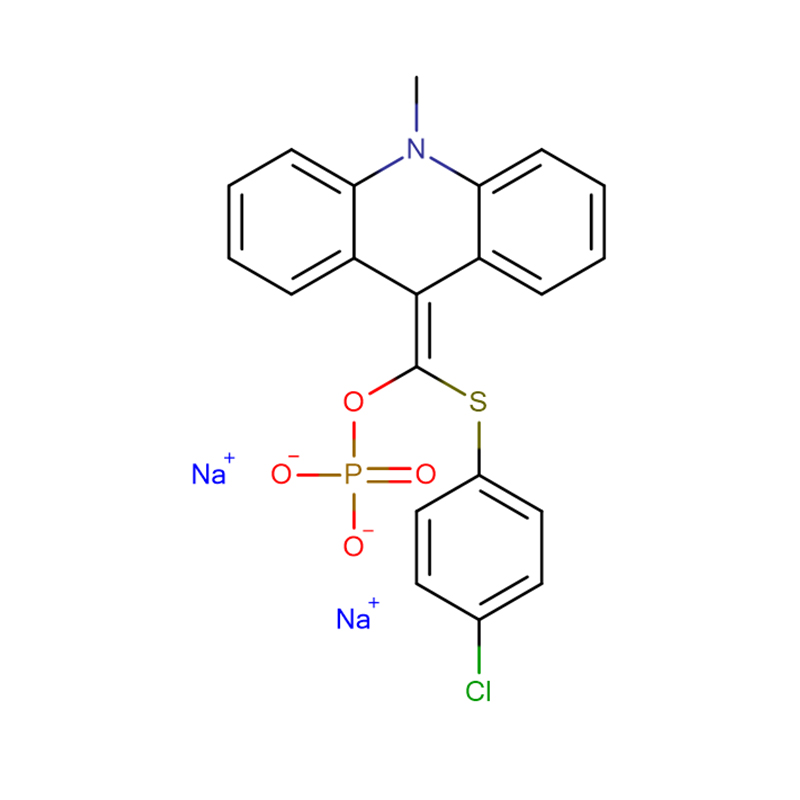
Related Product Guide:
We always continually provide you with the most conscientious customer service, and the widest variety of designs and styles with finest materials. These efforts include the availability of customized designs with speed and dispatch for Wholesale Dealers of N-(2-Aminoethyl)Morpholine - APS-5 CAS:193884-53-6 98% White crystaline powder – XD BIOCHEM , The product will supply to all over the world, such as: Mexico, Ukraine, Brasilia, Certainly, competitive price, suitable package and timely delivery will be assured as per customers' demands. We sincerely hope to build business relationship with you on the basis of mutual benefit and profit in the very near future. Warmly welcome to contact us and become our direct cooperators.
The company's products can meet our diverse needs, and the price is cheap, the most important is that the quality is also very nice.



